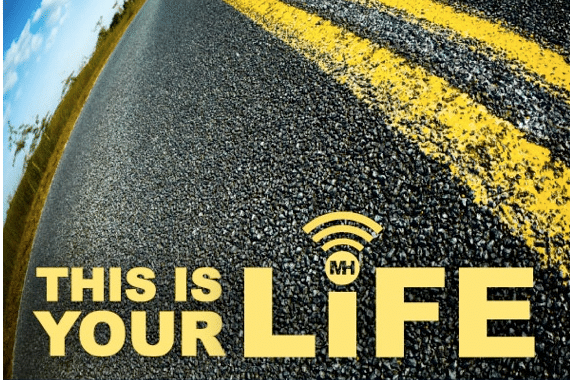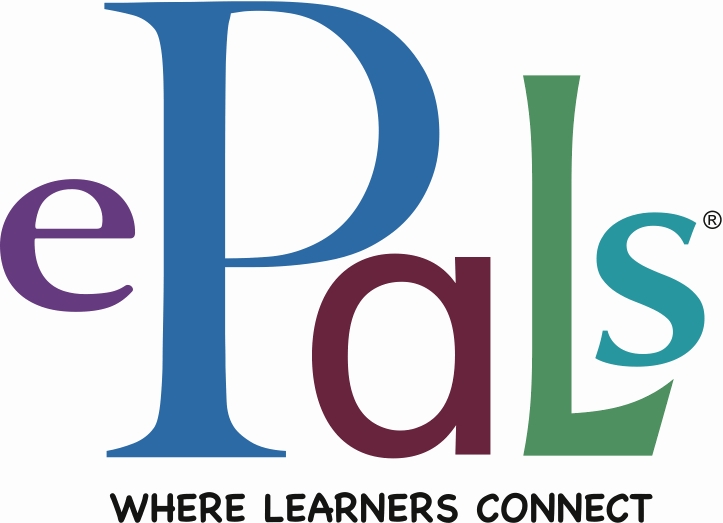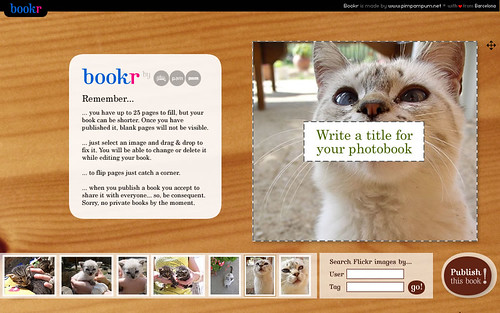Podcasts -- audio recordings available online -- are relatively new to the K-12 classroom. A podcast is in some ways comparable to a blog. While blogging is a kind of online self-publication, podcasting is a kind of online self-broadcast. The creator of a podcast makes an audio or video recording and posts it at a web address. The audience for the podcast listens to or views this “show” by downloading it to a computer or a portable MP3 devices. Some podcast websites also support listening online such as the PodOmatic.
I think Absolutely-Intercultural Podcast would be a helpful material for English teaching. It focuses on human intercultural communication and is benefit of audiences to improve English while understand culture issues. I will use the Podcast in ESL class which would be consisted of students from different culture backgrounds.
 Use the Absolutely Intercultural 151--Australia Day 2012 as an example, this podcast talked about a national public holiday in Australia and invested some overseas students to compare national holidays in their motherland with Australia's. Students will be asked to listen the Podcast before class and prepare for the topics of class discussion: Which culture custom in Australia impressed you most ? How about your national public holiday? How do you think about "mother and son were using several different languages even between them during an ordinary day"? Students can use photos in Flickr or short video in YouTube to introduce their culture customs. I expect students' abilities of listening and speaking could be trained in this class, and intercultural communication would be encouraged even more.
Use the Absolutely Intercultural 151--Australia Day 2012 as an example, this podcast talked about a national public holiday in Australia and invested some overseas students to compare national holidays in their motherland with Australia's. Students will be asked to listen the Podcast before class and prepare for the topics of class discussion: Which culture custom in Australia impressed you most ? How about your national public holiday? How do you think about "mother and son were using several different languages even between them during an ordinary day"? Students can use photos in Flickr or short video in YouTube to introduce their culture customs. I expect students' abilities of listening and speaking could be trained in this class, and intercultural communication would be encouraged even more. 















